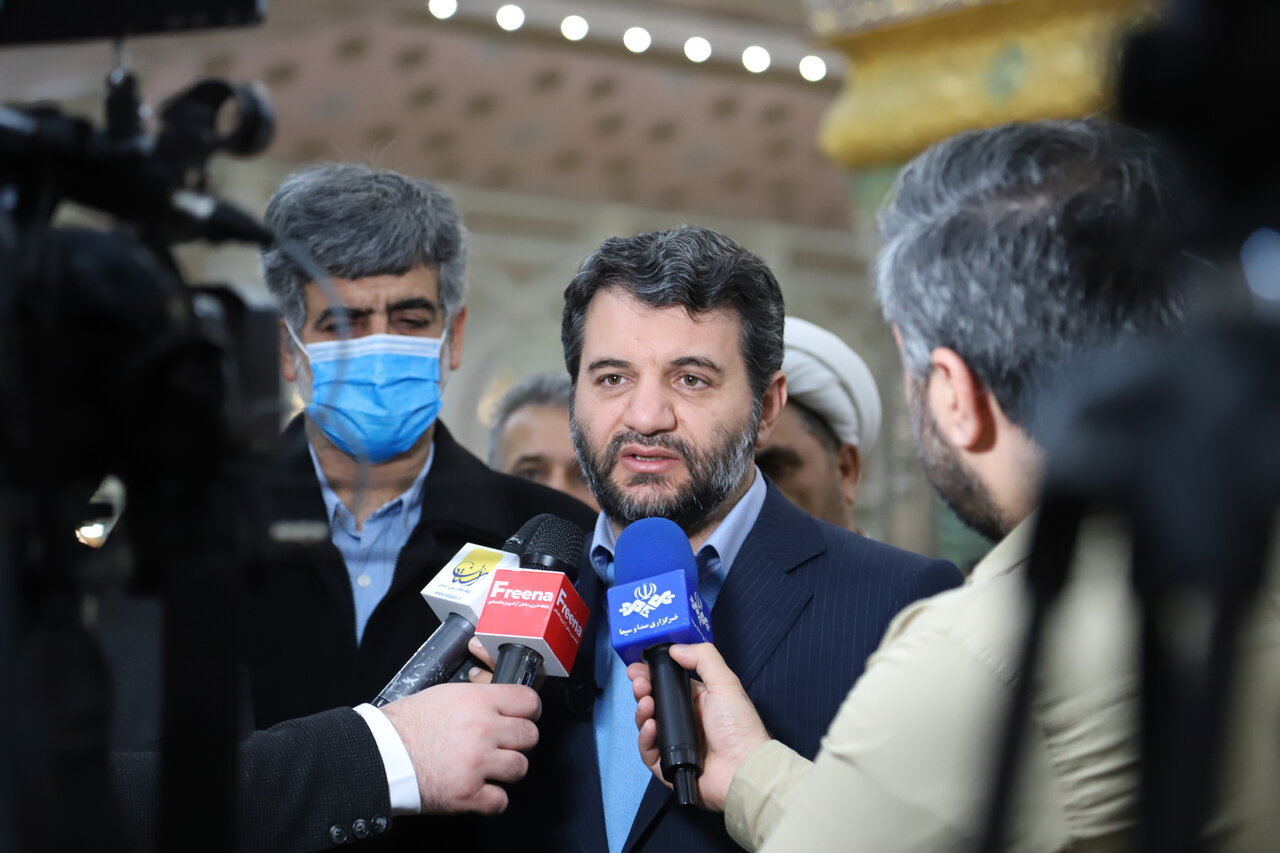‘Boosting production & export, approach of free trade, special economic zones’

TEHRAN- The Secretary of Iran’s Free Zones High Council Hojatollah Abdolmaleki said that the approach of these zones is to strengthen domestic production and increase the export of domestically produced products.
The official noted that the free trade and special economic zones were formed after the Islamic Revolution, accordingly, today these zones operate in the path of resistance economy.
He pointed to the attraction of the investment of 2.2 billion euros in the free zones and said: “From the beginning of the [current Iranian calendar] year (March 21, 2023) up to now, we have received proposals for more than 7.2 quadrillion rials (about $14.4 billion) plus 2.2 billion euros of investment, which shows that the free zones of Iran are really an investment paradise.”
The advisor to the president further noted: “On the other hand, the speed of development of construction projects has doubled and the infrastructure in this field is being completed.”
The establishment of free trade zones (FTZs) in Iran dates back to the Iranian calendar year 1368 (March 1989 - March 1990) following the fall in the country’s oil income in the preceding year which prompted the government to promote non-oil exports.
The first two free trade zones of Iran were established in the south of the country. The first one was Kish Free Trade Zone established in 1368 on Kish Island in the Persian Gulf and the second one was Qeshm Free Trade Zone established the year after on Qeshm Island in the Strait of Hormuz.
Some five other free trade zones have been also established in the country since then, including Chabahar in southeastern Sistan-Baluchestan Province, Arvand in southwestern Khuzestan Province, Anzali in northern Gilan Province, Aras in East-Azarbaijan Province and Maku in West-Azarbaijan Province, both in the northwest of the country.
The development of existing free trade zones and the establishment of new FTZs has become one of the major economic approaches of the Iranian government.
On December 8, 2023, Abdolmaleki outlined 10 new strategies to increase investment and export in the country’s free and special economic zones.
He made the remarks in a meeting with the deputy heads of the country’s free zones on the sidelines of the second EAEU Exclusive exhibition in Tehran.
The official stated that the mentioned strategies mainly focus on a network of cooperation among the investment and economic departments of the country’s free zones.
“Joint marketing between the free zones in the fields of income, investment, logistics, and export is the main purpose of the said network,” he explained.
Implementing a comprehensive plan for developing logistics and re-export from free zones by using the capacities of combined transport and transit among free zones is another part of the mentioned strategies, the official said.
“The third strategy is the use of the capacity of international organizations and agreements such as the Eurasian Economic Union. Shanghai, BRICS, ECO, etc.,” he added.
The official stated that identifying the advantages and distinctive features of free zones and introducing them to each other to benefit from the relative advantages of each zone in the network structure is another part of the mentioned coordinated strategies.
“The fifth strategy is to use the passenger goods model to maximize the income of free zone organizations and the sixth strategy, is to attend exhibitions and domestic and international business events to introduce the investment opportunities of free zones in line with the continuation of the path taken this year,” Abdolmaleki said.
The seventh strategy would be to determine a supply chain of goods among free zones in such a way that goods are exchanged, sold, or supplied in a cooperative network, the official said, adding: “using China's One Belt One Road plan with a focus on free zones, determining a comprehensive tourism network of free and special zones to outline the common interests and goals are the eighth and ninth parts of this program; and monetary, banking, and financial cooperation in the form of drawing up a cooperation style sheet to finance construction projects and investment is the tenth strategy.”
MA
Leave a Comment